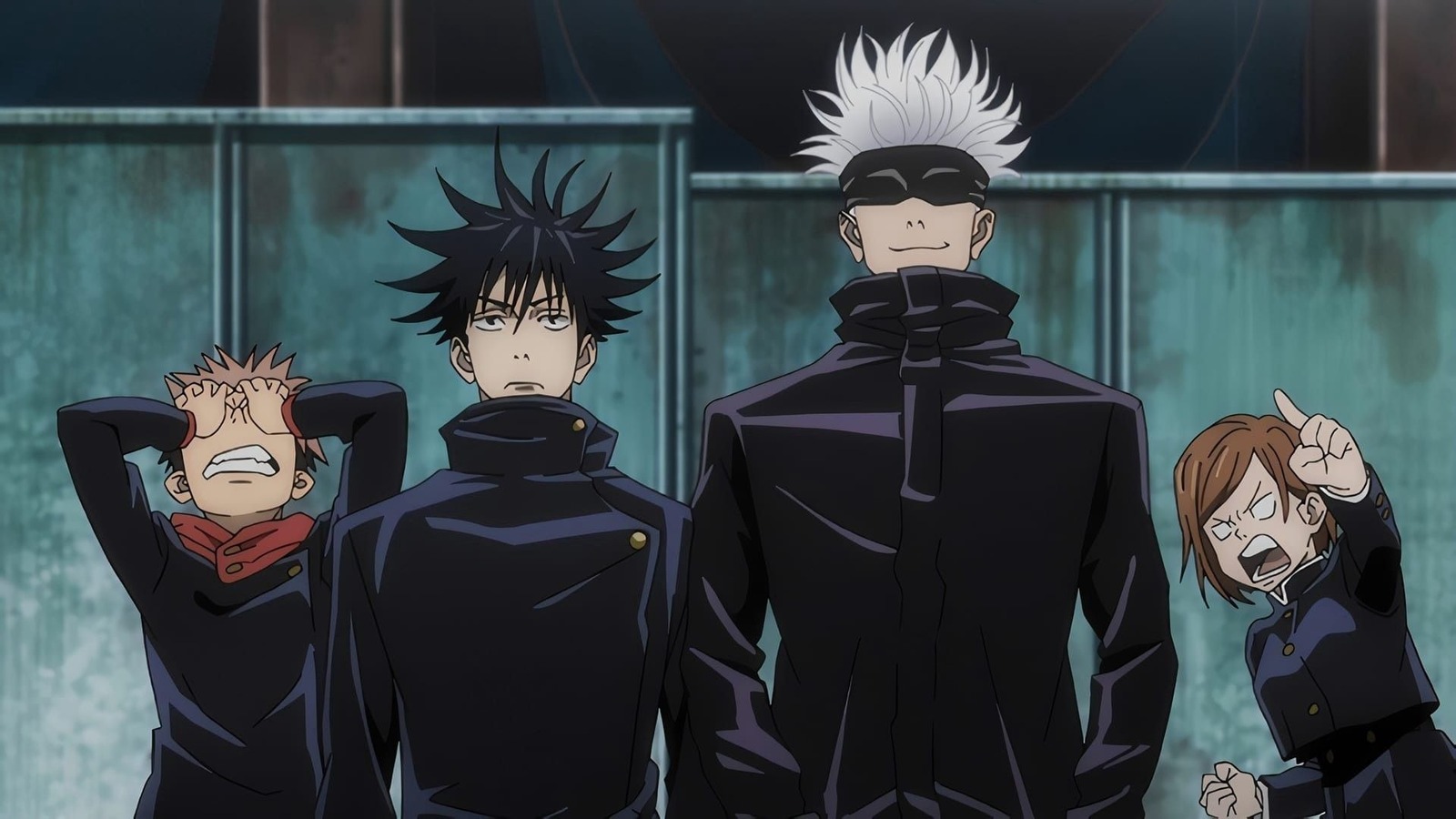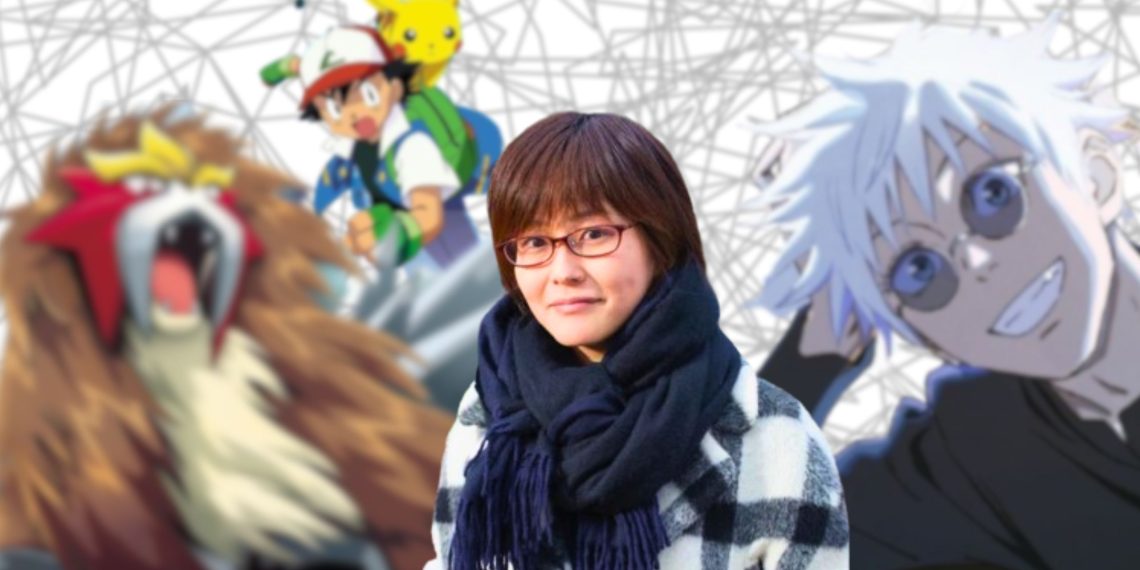In a recent interview, veteran animator and character designer Terumi Nishii expressed her candid concerns regarding the future trajectory of the anime industry.
With decades of experience in various roles within the field, including animator, character designer, and animation director, Nishii brings a unique perspective to the table, having contributed to projects ranging from the Street Fighter Alpha OVA to Jujutsu Kaisen.
Nishii’s insights shed light on the challenges that currently confront animators in the industry, particularly emphasizing the issue of prolonged working hours and the potential stagnation of quality in future anime productions, despite the market’s expansion.
Insights from Terumi Nishii: Challenges Facing the Anime Industry
Nishii identified two primary concerns plaguing the anime industry. Firstly, she addressed the pervasive problem of overworked staff, a topic that has garnered significant attention in recent years.
Rather than attributing this phenomenon to deliberate exploitation, Nishii suggests it stems from a historical precedent, with long hours ingrained in the industry’s culture over decades.
However, she finds the situation untenable, likening it to a form of modern servitude, stating, “Japanese companies have existed in an environment where those who become full-time employees have been forced to work hard for the past 20 or 30 years – but it seems that instead of becoming full-time employees, it’s more like they are slaves.”

Furthermore, Nishii highlighted the compounding issue of understaffing, which has led to an influx of inexperienced artists joining the workforce. While this may ostensibly alleviate workload pressures, the absence of standardized practices exacerbates problems, necessitating experienced animators to allocate additional time to rectify errors.
Despite the potential for increased budgets as anime gains popularity, Nishii remains skeptical about its efficacy in improving overall quality. She remarked:
“The money received doesn’t necessarily reflect on the quality of the work. As I mentioned before, the number of amateur-level animators is increasing rapidly – and no matter how much money you give to amateur-level animators, they’re still amateur-level animators.”
Nishii Partners with NAFCA for Anime Industry Reform
Recognizing the urgency of the situation, Nishii has chosen to collaborate with the Nippon Anime & Film Culture Association (NAFCA) to address these systemic issues.
Alongside efforts to survey the living conditions of animators, the Association is developing an “Animator Skill Test” to establish a basic standard for aspiring artists entering the industry.
Nishii also noted a shifting paradigm in work habits within anime companies, suggesting a growing acknowledgment of the industry’s problematic practices. She observed:
“It seems like people within these companies are finally starting to realize this situation seems strange to the public and are now trying to figure out what to do.”
Ultimately, Nishii’s insights underscore a critical juncture for the anime industry. To ensure its longevity and vitality, a reevaluation of its cultural norms and working conditions is imperative.





